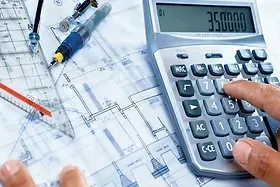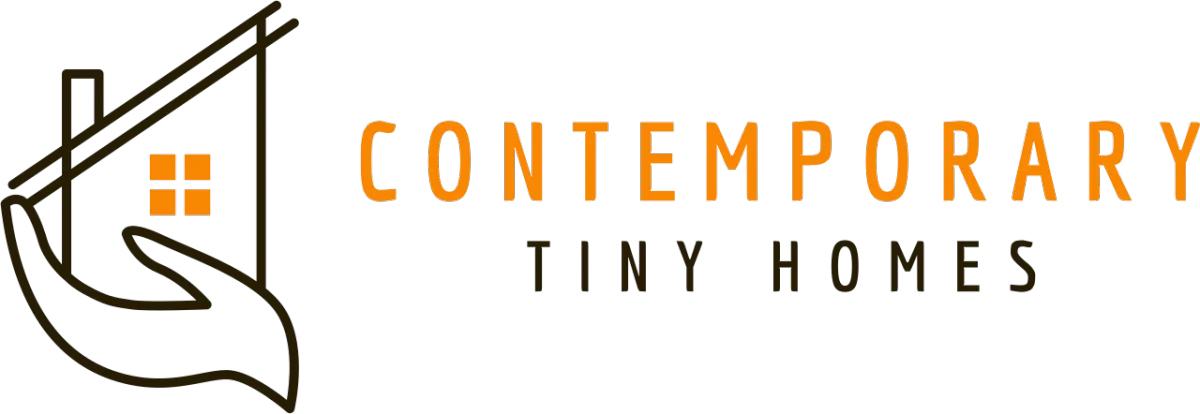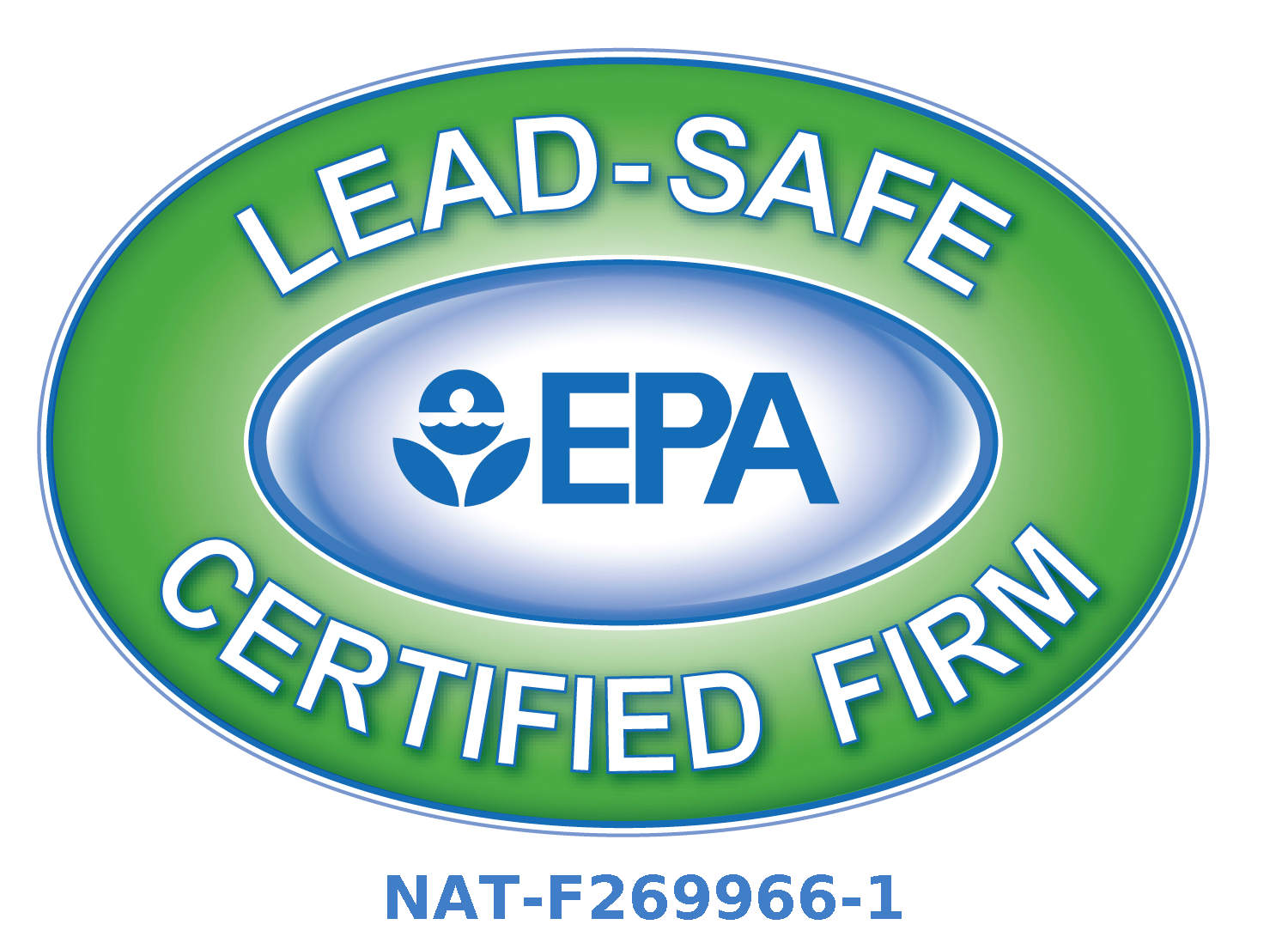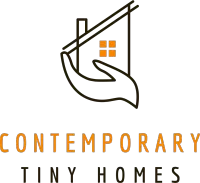Knowledge Center: Your Go-To Resource for ADUs and Tiny Living
Knowledge Center: Your Go-To Resource for ADUs and Tiny Living
Email [email protected]
Phone 860-TINY-HOM (es)

What are the ongoing costs of maintaining a tiny home?
Tiny homes have gained popularity in recent years as a sustainable and minimalist housing option. While the initial allure of a tiny home lies in its affordability and simplicity, it is essential for prospective homeowners to consider the ongoing costs associated with maintaining such a lifestyle. Let's explore the various financial considerations that come with owning and maintaining a tiny home. From initial construction costs to utilities, insurance, and unexpected expenses, understanding the ongoing financial commitments of tiny home living is crucial for ensuring long-term sustainability.
Initial Investment and Construction Costs
Factors influencing initial costs
When it comes to tiny homes, size isn't the only thing that matters. Factors like location, materials used, and labor costs can significantly impact the initial investment needed to build a tiny home.
Cost breakdown of constructing a tiny home
Building a tiny home can range from DIY projects on a shoestring budget to custom-built luxury dwellings. Costs can vary widely depending on whether you opt for a pre-fab kit, hire professionals, or sweat it out yourself. Don't forget to budget for permits, land costs, and any fancy gadgets you want to add!
At Contemporary Tiny Homes, we will build the home for you directly on your property, and we'll guide you through every step of the way, from planning, to permits and completion.
Utilities and Energy Expenses
Electricity and Heating Costs
Keeping your tiny home cozy in winter and cool in summer can still rack up the bills. Efficient appliances, insulation, and renewable energy sources can help you keep these costs in check.
Water Usage and Costs
Just because your home is tiny doesn't mean your water bills will be, too. Conserving water through low-flow fixtures, rainwater harvesting, and mindful usage can help you save both resources and money.
Maintenance and Repairs
Even tiny homes need some TLC. Regular upkeep like roof inspections, pest control, and appliance maintenance can prevent bigger issues down the line.
From leaky roofs to wonky plumbing, unexpected repairs can pop up in any home, big or small. Having a rainy-day fund specifically for home repairs can save you from financial stress when things go awry.
Insurance and Permit Costs
Types of insurance needed for a tiny home
Insuring a tiny home isn't as straightforward as insuring a traditional house. Whether you're on wheels or a permanent foundation, you'll need to consider specialized insurance options to protect your pint-sized abode.
Permit fees and regulations
Navigating the world of permits and regulations can make anyone's head spin. From zoning laws to building codes, make sure you're aware of what's required in your area to avoid any costly surprises along the way.
Land Rental or Ownership Expenses
Comparing costs of renting vs. owning land
When it comes to tiny home living, one of the significant ongoing costs is the expense associated with land. Whether you choose to rent or own the land your tiny home sits on can have a big impact on your overall budget. Renting may offer flexibility, but owning land can provide stability in costs over time.
Factors impacting land expenses
Factors such as location, size of the land, amenities available, and local regulations can all impact the expenses of renting or owning land for your tiny home. It's essential to research and consider these factors carefully to make an informed decision that aligns with your financial goals.
Waste Management and Sewage Costs
Options for waste disposal in a tiny home
When it comes to waste management in a tiny home, options range from composting toilets to connecting to municipal sewage systems. Each option comes with its own set of costs and considerations, so it's important to choose the one that suits your lifestyle and budget.
Costs associated with sewage systems
Installing and maintaining a sewage system for your tiny home can add to your ongoing expenses. Costs may include permits, installation fees, and regular maintenance. It's crucial to budget for these expenses to ensure proper waste disposal and compliance with local regulations.
Upgrades and Renovations
Popular upgrades for tiny homes
Tiny home living often involves customization and upgrades to maximize space and functionality. Popular upgrades include solar panels, energy-efficient appliances, and storage solutions. These upgrades can enhance your living experience but come with a price tag that should be factored into your budget.
Budgeting for renovation projects
When planning renovation projects for your tiny home, budgeting is key. Whether it's a small cosmetic update or a major structural change, setting a realistic budget and sticking to it can help you avoid financial stress. Researching costs, getting multiple quotes, and prioritizing upgrades can help you make informed decisions within your budget.
Budgeting for Miscellaneous Expenses
Unexpected costs to consider
In tiny home living, unexpected expenses can arise, from repairs to emergency situations. Setting aside a rainy day fund for these unforeseen costs is essential to help you navigate any financial bumps along the road without derailing your budget.
Tips for effective budgeting in tiny home living
Effective budgeting in tiny home living involves tracking expenses, planning for the long term, and being mindful of where your money goes. Simple practices like meal planning, energy conservation, and regular maintenance can help you save money and enjoy a financially sustainable tiny home lifestyle.
Conclusion
While tiny homes offer a unique and cost-effective living experience, it is important to be aware of the ongoing expenses that come with maintaining this lifestyle. By budgeting for utilities, repairs, insurance, and other essential costs, tiny homeowners can better prepare themselves for the financial responsibilities that accompany tiny home living. With proper planning and foresight, individuals can enjoy the benefits of living in a tiny home while managing the ongoing expenses effectively.
FAQs
Are there any hidden costs associated with owning a tiny home?
Tiny home ownership can come with hidden costs, such as land rental or utility hookups, higher insurance premiums, and permit fees. Additional expenses like composting toilets, off-grid systems, or towing costs for mobile units may also surprise new owners.
How can I budget effectively for the ongoing expenses of maintaining a tiny home?
To effectively budget, allocate monthly savings for routine maintenance, repairs, and unexpected expenses. Tracking utility costs and scheduling regular inspections for systems like plumbing and HVAC can help prevent costly repairs down the road.
What are some common maintenance tasks that tiny homeowners should be prepared for?
Tiny homeowners should be prepared for tasks such as cleaning filters, inspecting for moisture or mold, maintaining electrical and plumbing systems, and checking the roof and siding for damage. Regular upkeep of these areas is essential to extend the tiny home’s lifespan.

Copyright 2025. All rights reserved. Norwalk, CT
Connecticut's New Home Construction Contractor License: #NHC.0017654
EPA Lead-Safe Certified NAT-F269966-1


